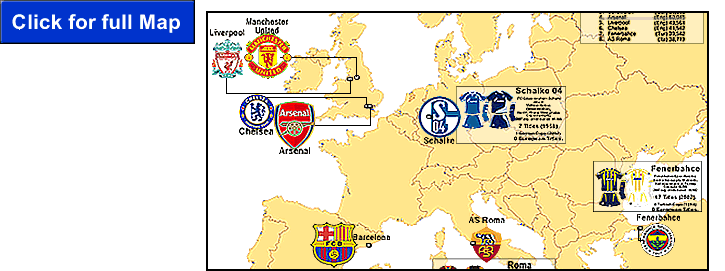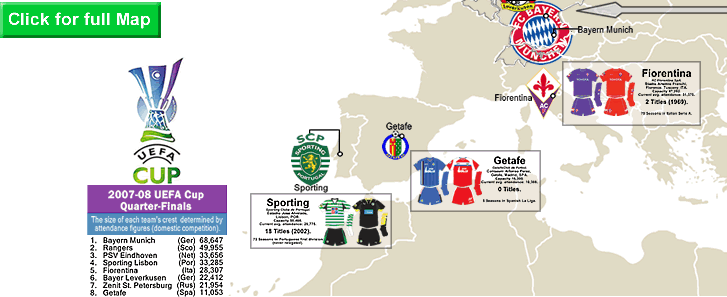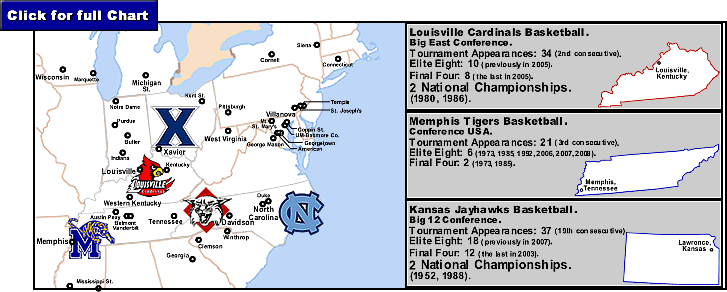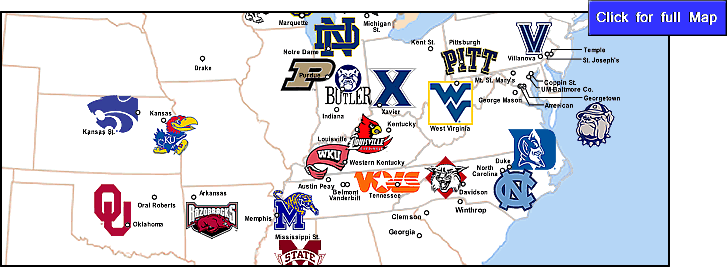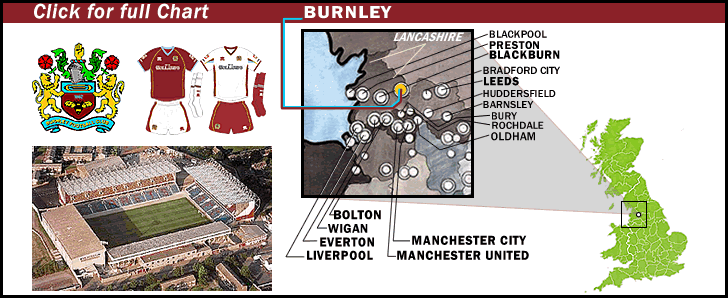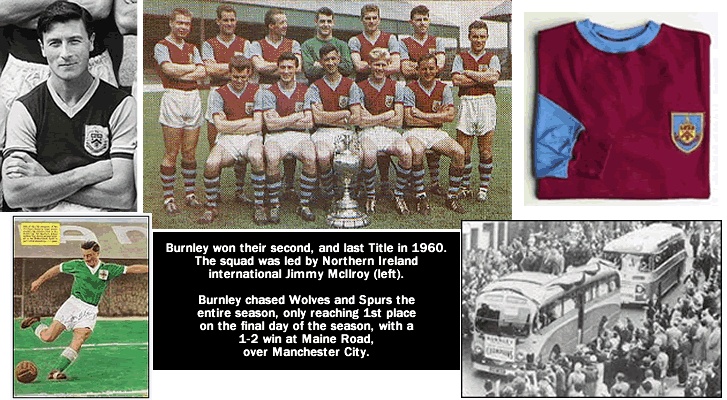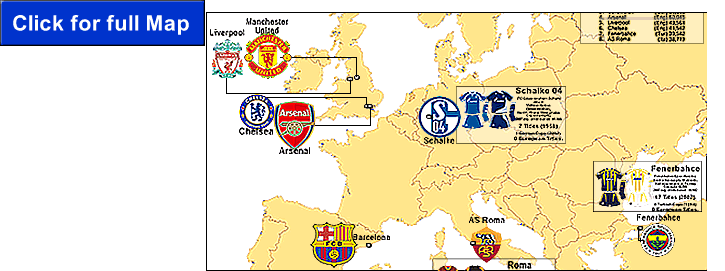
…
Formed in 1877, as the football team of the St. Luke’s school, in Blakenhall (a ward of Wolverhampton), the club merged with a local cricket club called the Wanderers, in 1879, to become Wolverhampton Wanderers FC. In 1886, the club moved into their new grounds, Molineux, which has remained their home to this day. Wolverhampton Wanderers became one of 12 founding members of the (English) Football League, in 1888. They finished a respectable 3rd place in the inaugural season of the League (1888-’89), as well as making it all the way to the 1889 FA Cup Final, where they lost to Preston North End, 0-3 (Preston becoming the first winners of the League and Cup Double, that season).
Four years later (1893), Wolverhampton won their first FA Cup, with a 1-0 victory over Everton. The goal was scored by Harry Allen, in the 60th minute.
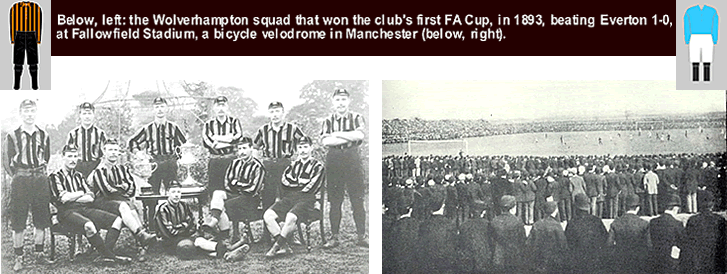
The club made it to the FA Cup Final again, three years later, in 1896, but lost to Sheffield Wednesday 1-2, at London’s old Crystal Palace. In 1898, Wolves finished 3rd. But by 1901, the club had slipped to 13th place, and in 1906, they were relegated to the Second Division. Nevertheless, two seasons later, Wolverhampton defied the odds by winning the 1908 FA Cup, while in the second tier. They beat Newcastle United 3-1, at Crystal Palace, with goals by Kenneth Hunt {see this}, George Hedley {see this}, and Billy Harrison.
Wolverhampton was unable to capitalize on their Cup success, and push for promotion in the following seasons. The war (now known as World War I) interrupted play for 4 seasons (1915-1919), just as Wolves seemed on the brink of promotion (with a 4th place finish in 1915). But Wolverhampton began their post-War play with poor results, finishing in 19th place in 1920. The following season (1920-’21) saw a slight improvement, to 15th, and another great Cup run. This time, the second division underdogs lost, 0-1, to Tottenham Hotspur, at Stamford Bridge. More dissapointment was to follow, as Wolverhampton were relegated to the Third Division (North), 2 years later (1923).
The Wanderers bounced right back the next season though (1923-’24), narrowly beating out Rochdale, to win the third tier, and gain promotion back to the second level. In the first two seasons back, Wolves seemed poised for a return to the top flight, with finishes of 6th, then 4th. But in the 1926-’27 season, the club fell to 15th place. In July, 1927, the club hired Frank Buckley {see this} as manager. Major Frank Buckley (as he was known) was ahead of his time, in that he combined the factors that define the successful football manager today: establishment of a good youth system; shrewd transfer deals; creation of a solid scouting network; and an ability to manipulate the media for the club’s benefit.
Initially, Buckley’s squad showed no improvement. But by his fourth season in charge (1930-’31), Wolves finished 4th. And the next year (1932), Wolverhampton won the Second Division, and were promoted. The club had finally returned to the top flight, after 22 seasons.
Back in the top tier, Wolves struggled, with a 20th place finish in 1933. 15th, 17th, and 15th place finishes followed. During this period, a young defender named Stan Cullis emerged as the leader of the squad. Debuting in 1934, a year later he was captain at just 19 years of age; he became skipper of the English team at 22. Cullis would make 122 appearances for Wolves, retiring in 1947 to become assistant manager.
In the 1936-’37 season, the squad finally gelled, and finished in 4th. The following season, the Title was theirs to win, but they lost 1-0 at Sunderland on the final day, conceding the crown to Arsenal. The next spring brought more dashed hopes for the Wolverhampton faithful, as the club lost the 1939 FA Cup Final, 1-3, to Portsmouth, at Wembley. Wolves repeated as runners-up in the league that season, the last one before the onset of World War II.
Frank Buckley stepped down as manager, during the War, and was replaced by Frank Vizard. When play resumed after WW II, in 1946-’47, Wolverhampton suffered another crushing last-day letdown, losing at home to Liverpool, and conceding the title to the Reds. Wolves finished 3rd. The next year brought about a drop to 5th, and Vizard was sacked, and replaced by Stan Cullis {see this article, from Wolves’ official site}.
In his first season in charge, Cullis led the Wolves to the 1949 FA Cup Final, where they defeated Leicester City 3-1, with goals by Jesse Pye (a brace), and Sammy Smythe. It was Wolverhampton’s first major trophy in 41 years.

Wolves finished in second place, once again, the following season (1949-’50), losing out to Portsmouth by the narrowest of margins: a goal average difference of just 0.4. The next two seasons were disasters, with 14th and 16th place finishes. But by 1952, Cullis had led his squad back up the table, and Wolves finished in 3rd place in ’53.
Stan Cullis was a stern disciplinarian who simplified the team’s approach to the game, scrapping the overly complicated tactics. Detractors dubbed his Wolves sides “kick and run merchants,” and “cloggers,” but their longball tactics proved effective. Central defender and captain Billy Wright {see this}, and wingers Johnny Hancocks and Jimmy Mullen were the key players, as Wolverhampton went on to win their first National Title in 1954, beating out arch-rivals West Bromwich Albion by 4 points.
Finishes of 2nd and 3rd place followed, and by the mid-1950′s, Cullis was rebuilding the squad around Wright. After a 6th place finish in 1957, the re-tooled Wolves won their second Title in 1958, finishing 5 points clear of Preston North End. [This season was overshadowed by the Munich Air Disaster, which claimed the lives of 8 Manchester United players.] The following season, Wolves ran riot, dominating the league, and winning their third (and last) Title by 14 points over the re-building Manchester United.
The next season (1959-’60) saw the club revert to an old role of heart-breaking also-rans, as they lost the Title to Burnley by 1 point, on the last day of the season. But the squad made up for it by winning the 1960 FA Cup, 3-0 over Blackburn. Winger Victor Deeley {see this} was man of the match, as his brace of goals, plus a Rovers own-goal, was the tally.
Wolves finished 3rd the following year, and slid to 15th place in 1962. The club’s Golden Age was over. In September, 1964, after a disasterous start, Stan Cullis was sacked, and Wolves were relegated the following spring. In 12 seasons, from 1948 to 1960, the Wolverhampton Wanderers had won 3 English Titles, and 2 FA Cups.
Since that time (1965), Wolverhampton has spent just 16 of 43 seasons in the 1st Level, with 23 seasons in the 2nd Level, 2 seasons in the 3rd Level, and 2 seasons in the 4th Level. The club’s low point was the three successive relegations, from 1984-’86, which landed them in the Fourth Division for a 2 year spell. Wolverhampton won the League Cup twice, in 1974, and 1980. Wolves have spent one season in the Premier League, in 2003-’04, when, after a last place finish, they returned to the second division (the League Championship), which has been their home for 18 of the last 19 seasons.
Mick McCarthy took over as manager of Wolves in July, 2006, replacing Glen Hoddle. The club had just undergone a wholesale clearance, halving their wage bill with the departure of 12 senior players. In spite of this, McCarthy was able to assemble a squad that made it to the playoffs, with a 5th place finish. They lost to rivals West Bromwich in the 1st Round. In August, 2007, property developer Steve Morgan {see this} bought the club.
This season, Wolverhampton was picked by many for automatic promotion, but inconsistent form has kept them adrift of the top 6. In the January transfer window they picked up prolific striker Sylvan Ebanks-Blake from Plymouth (11 league goals at Plymouth; 7 at Wolves). The squad is led by striker/wing Andy Keough {see this}, an Ireland international, with 7 league goals. The club has struggled without injured playmaker Michael Kightly {see this} and goalkeeper Matt Murray {see this}, who was voted player of the year last spring by Wolves fans. Both are expected back by late April, Kightly perhaps earlier. These two players returns could be the crucial factor in Wolverhampton’s promotion push. The club has been playing well, with 4 wins, 3 draws, and 1 loss in their last 8. Last Saturday, it took a brace from Andy Keough, the second goal in extra-time, to grab a draw from the surging Queens Park Rangers. Wolves sit two points below the playoff places, in 9th place, with a game in hand.
Click here, for the League Championship table.
Wolves FAQ: Why is their ground named Molineux ? Click here, for the answer.
Thanks to (historicalkits[dot]co[dot]uk): the 5 older kits on the chart, and the 2 kits in the first photo gallery are copyright Historical Football kits, and areeproduced by permission. Thanks to (colours-of-football[dot]com): for the newer kits on the chart. Thanks to: (viewimages[dot]com); (webbaviation[dot]co[dot]uk; (wolvespremiuntv[dot]co[dot]uk); (media[dot]rivals[dot]net); and (freewebs[dot]com/tims92/panoramics) for the great wide-angle shot of Molineux.
